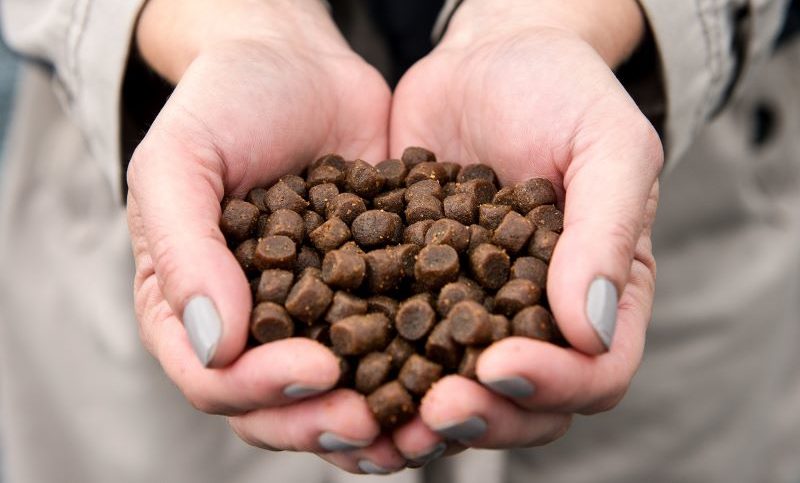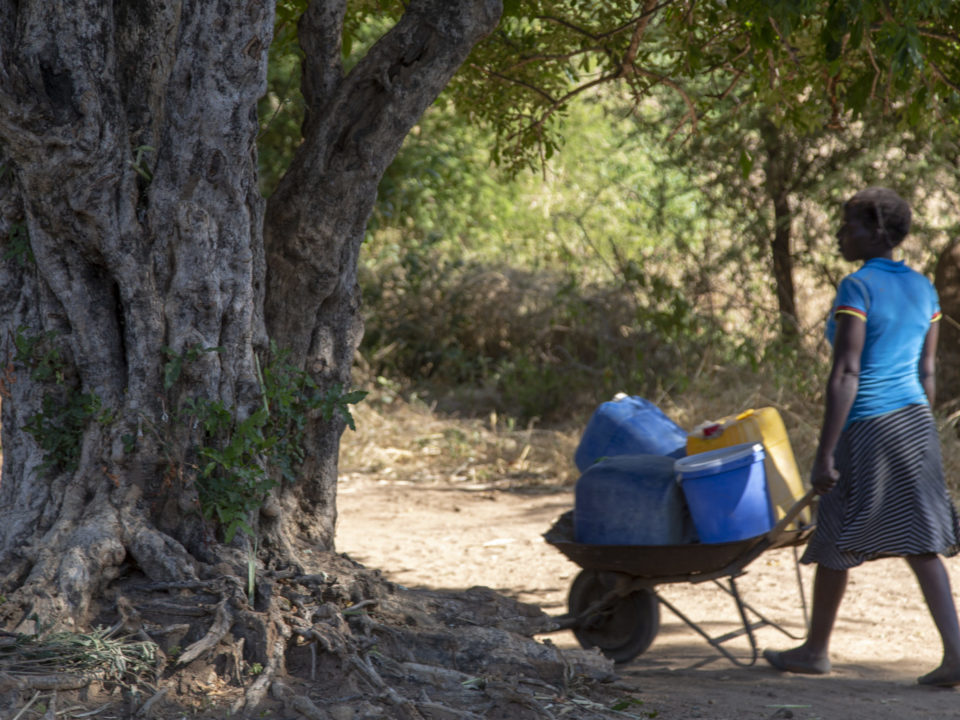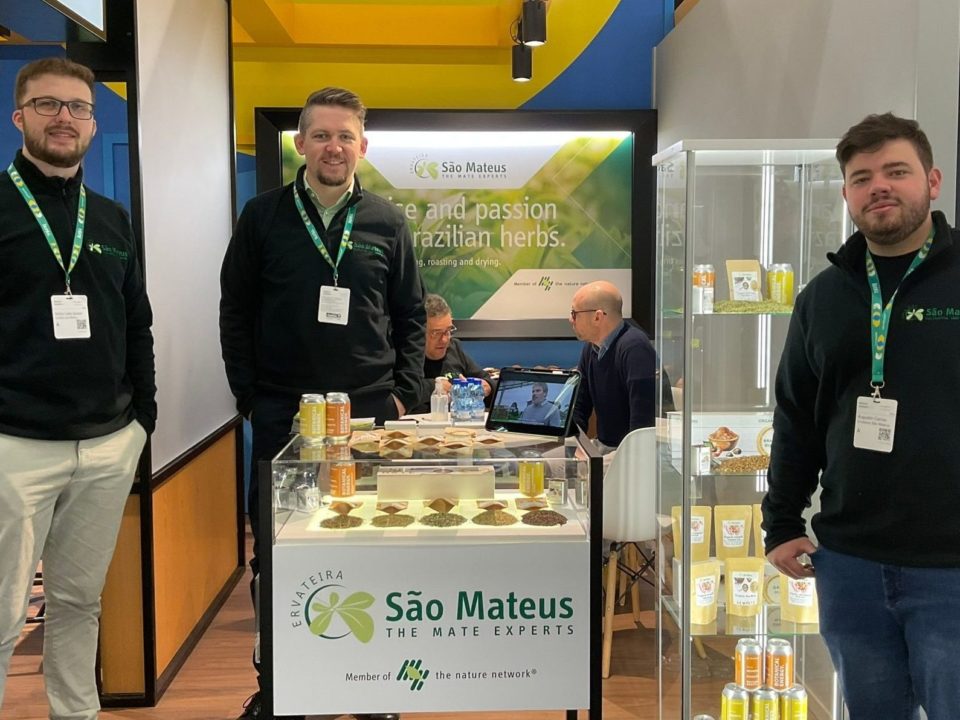Licorice root: A well-deserved break for a multi-talented plant
New series “Stories of our ingredients”
For us, quality and sustainability belong together. We want our business practices to be good for nature, people, and society. Not only do we set the highest standards for our product quality, we are also careful with the natural resources we use. We are committed to biodiversity and more sustainable practices, and the diversity of our products reflects that. Here, we introduce you to some of our favorite crops and provide some information about how they are sourced. Today´s main actor: Licorice root
Part 1: The principle of careful use (Licorice root)
We treat nature’s treasures carefully to ensure they are still around for subsequent generations. We consider the needs and natural environment of the wild plants our collectors harvest before devising a moderate plan for their use that ensures their long-term survival.
We all know the unmistakable taste of licorice – it seems you either love it or you hate it. But not everyone is familiar with the root that the confection is derived from. The licorice plant is found in western and Central Asia and on the Mediterranean. The dark-brown roots, yellow on the inside, are 50 times sweeter than cane sugar, with an intense flavor reminiscent of fennel or aniseed.
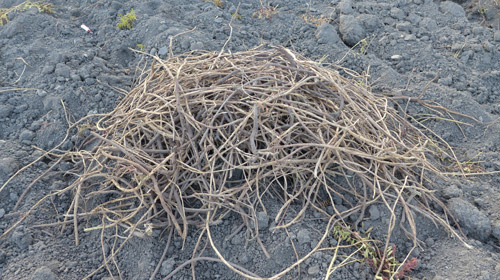
The desire for sweets is obviously a fundamental human instinct. Sumerian runes dating back over 4,000 years show that Bronze Age humans revered licorice root and used it to flavor foods, beverages, and tobacco products. Roman soldiers are believed to have carried licorice root with them on their marches, as chewing on it quenches thirst and stills hunger.
Today, licorice root is used in many different products from candy to fire extinguishers. It is a mainstay of herbal medicine as a remedy for colds, coughs and sore throats, but it can also relieve stomachaches. The multi-talented herb inhibits the growth of bacteria, fungi and viruses, and has anti-inflammatory and anti-allergic properties.
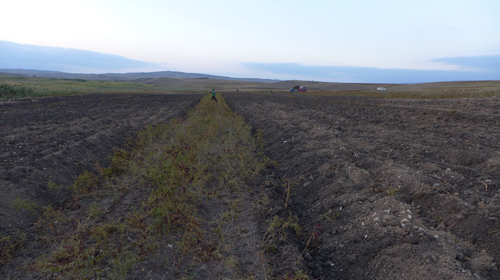
Wild collectors working for Martin Bauer gather this plant, for example, from the nutrient-rich soil of the sunny fluvial plains by the Alazani River in eastern Georgia. But how can a root be sustainably harvested? Surely the plant dies when its root is torn up? Not in the case of licorice root. This plant has a robust root system that ensures its survival in the harsh steppes. The roots of a single plant can burrow several meters below ground and spread as far as eight meters. Our collectors treat stocks sparingly by only ever harvesting the top layer of roots, giving the licorice plenty of time to regenerate – as long as four years.
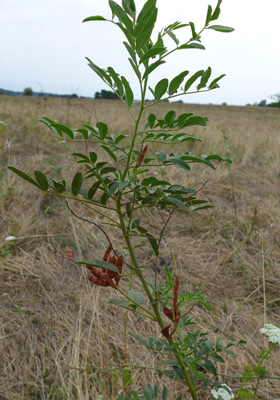
Want to learn more about our sustainability commitment?
Related Topic:
Related posts
Advancements in Aquafeed: The Botanical Edge
In the rapidly evolving landscape of aquaculture, the incorporation of secondary compounds from botanical powders and extracts into aqua feed is garnering increasing attention. From the […]
Read moreBetter water for a better life
Mushumbi is in northern Zimbabwe, on the border with Mozambique. It is one of the driest parts of Africa. In recent years, the region has been […]
Read moreImpressions from BioFach
From February 13 to 16, Biofach, the world’s leading trade fair for organic food, took place again in Nuremberg. A reason for some of our colleagues […]
Read more